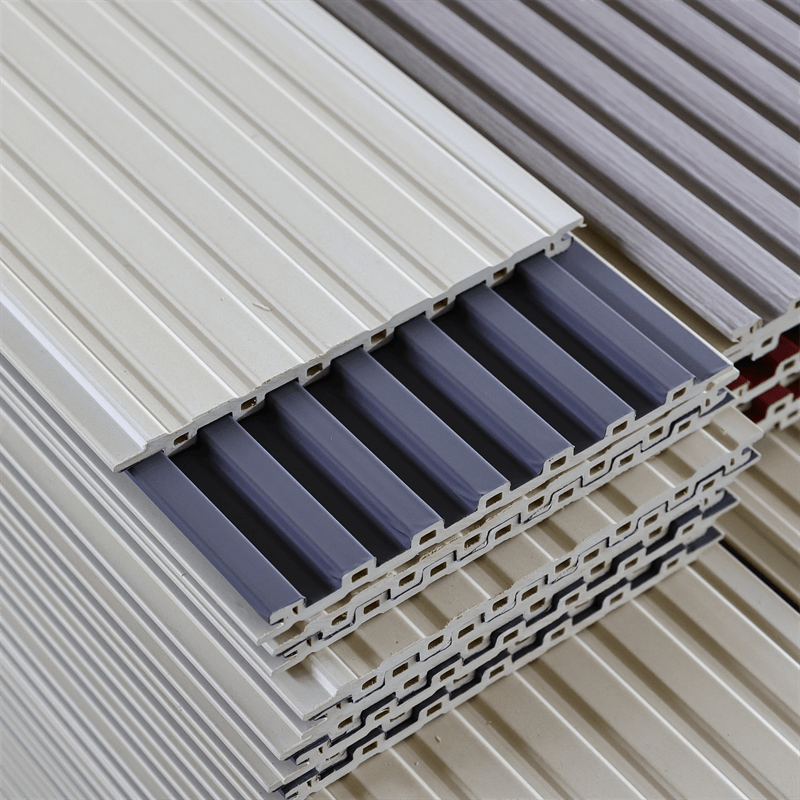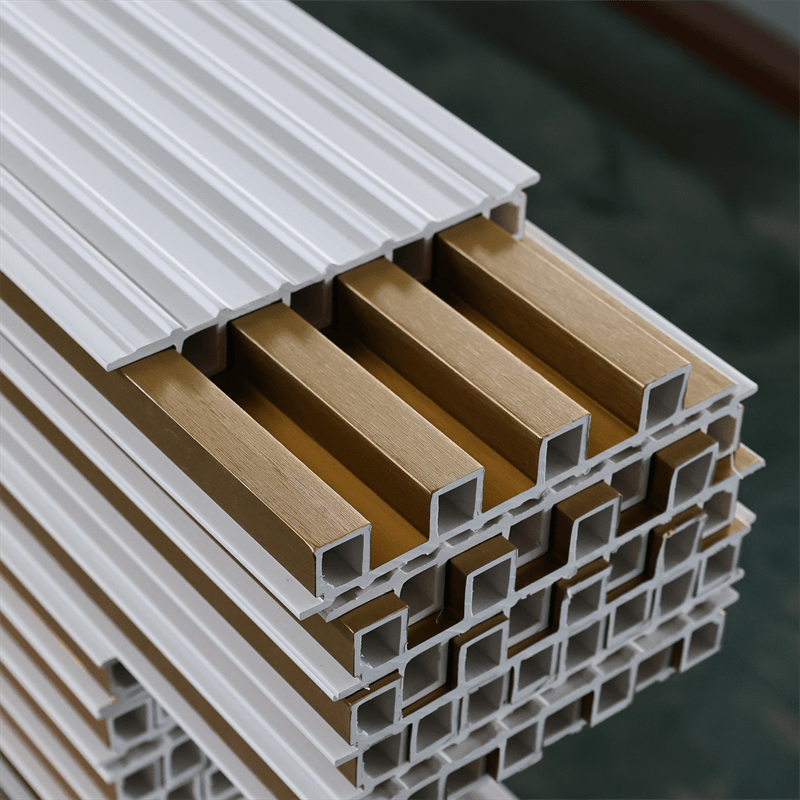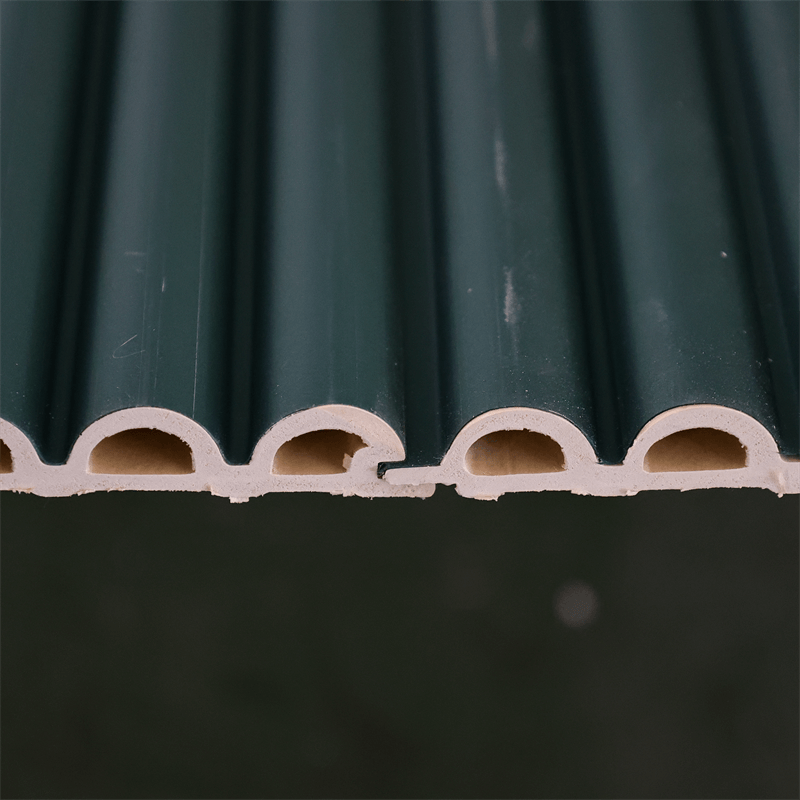
Wood-Plastic Composite (WPC) wood panels have become a popular choice for construction and design projects, offering a sustainable and durable alternative to traditional wood products.
While the benefits of WPC panels are well-known, understanding the manufacturing process behind these innovative materials is crucial to appreciate their environmental impact and superior performance.
This article aims to take you on a journey from forest to home, unraveling the steps involved in the manufacturing of WPC wood panels.
By delving into the intricacies of this process, we gain insight into the eco-friendly aspects of WPC panels and their significant contribution to sustainable building practices.
Sourcing the Wood Fiber
The manufacturing process of WPC wood panels begins with sourcing the essential component – wood fiber.
Wood fibers used in WPC panels can originate from different sources, each influencing the environmental sustainability of the final product.
Recycled Wood Fibers Many WPC panels incorporate recycled wood fibers, obtained from various sources, such as post-consumer wood waste, demolition debris, or agricultural residues.
These recycled fibers reduce the demand for new timber and contribute to waste reduction and resource conservation.
By repurposing wood waste that would otherwise end up in landfills or be incinerated, WPC panels promote a circular economy and a greener approach to construction materials.
Sustainably Managed Forests For WPC panels that rely on virgin wood fibers, sustainable forest management becomes a crucial factor.
Sustainable forestry practices involve replanting trees, protecting biodiversity, and adhering to responsible harvesting methods.
Choosing wood fibers from sustainably managed forests ensures that the environmental impact of sourcing is minimized, promoting the replenishment of natural resources.

Preparing the Wood Fiber
Once sourced, the wood fiber undergoes preparation to ensure uniformity, cleanliness, and compatibility with the thermoplastic polymer that will be used in the composite.
Cleaning and Size Reduction The collected wood fibers go through a cleaning process to remove impurities like dirt, rocks, and other contaminants.
They are then reduced in size through mechanical processes, such as chipping or grinding, to achieve a consistent and homogeneous texture.
Drying Drying the wood fibers to a specific moisture content is vital to ensure a stable and consistent composite material.
The drying process reduces the moisture content of the wood fibers, preparing them for optimal blending with the thermoplastic component.
Incorporating the Thermoplastic Component
The next step in the manufacturing process involves combining the dried wood fibers with a thermoplastic polymer, which provides the WPC panels with enhanced durability and moisture resistance.
Polymer Selection The choice of thermoplastic polymer has a significant impact on the properties of the WPC panels.
Commonly used polymers include polyethylene (PE), polypropylene (PP), and polyvinyl chloride (PVC).
Each polymer offers distinct characteristics, such as flexibility, stiffness, or resistance to UV rays, allowing manufacturers to tailor the composite material to suit specific applications.
Mixing and Extrusion The dried wood fibers and thermoplastic polymer are thoroughly mixed in precise proportions to achieve a uniform blend.
The mixture is then subjected to high heat and pressure in an extrusion process.
During extrusion, the blended material is forced through a specially designed die, resulting in the desired shape and dimensions of the WPC panels.
This process ensures that the wood fibers and plastic are fused together, creating a homogenous and stable composite.

Enhancing the Properties of WPC Panels
To further optimize the performance of WPC wood panels, various additives can be incorporated during the manufacturing process.
Stabilizers Stabilizers are added to improve the weather resistance and dimensional stability of WPC panels.
They protect the composite material from degradation caused by exposure to UV rays, heat, and moisture.
Colorants and Pigments Colorants and pigments are used to impart color and enhance the visual appeal of the WPC panels.
From natural wood tones to vibrant shades, colorants offer design flexibility and creativity in the final product.
Flame Retardants For applications where fire resistance is essential, flame retardants can be added to the WPC panels.
These additives reduce the flammability of the composite material, making it safer for use in various building and construction projects.
Wood-Plastic Composite (WPC) wood panels are the result of an intricate and carefully controlled manufacturing process that begins with the sourcing of wood fibers from sustainable or recycled sources.
Through cleaning, size reduction, and drying, the wood fibers are prepared for blending with thermoplastic polymers.
The combination of wood fibers and thermoplastic components undergoes extrusion, resulting in the formation of WPC panels with enhanced durability and moisture resistance.
The use of recycled wood fibers and sustainable forest management in sourcing, along with the incorporation of eco-friendly additives,
makes WPC wood panels a sustainable and eco-conscious choice for construction and design projects.
By understanding the manufacturing process behind WPC panels, we gain a deeper appreciation of their positive impact on the environment,
promoting resource conservation and contributing to the advancement of sustainable building practices.
From the forest to your home, WPC wood panels showcase the union of nature and innovation, offering a greener and more resilient approach to construction materials.
